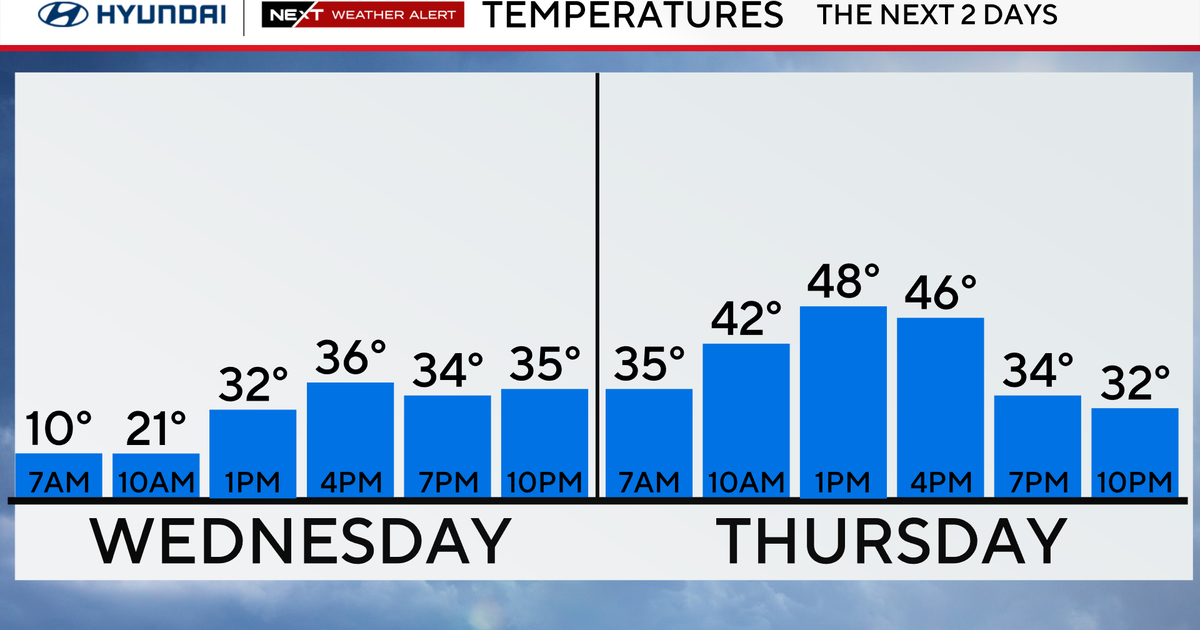Americans are flocking to U.S. regions most threatened by climate change
Americans often pull up roots in search of better jobs and cheaper housing. But in recent years, those moves have drawn more people into regions with higher risk of natural disasters, which have become more destructive because of climate change.
Hurricane Milton, a powerful Category 4 storm on Tuesday afternoon, is on a path to hit the Tampa-St. Petersburg, Florida, area late Wednesday or very early Thursday morning. Yet the metropolitan region has grown by 39% since 2000, boosting its population by an additional 1 million residents during that time.
Last month's Hurricane Helene devastated parts of western North Carolina, including the city of Asheville, the population of which has increased by 13% since 2000, according to data from the Federal Reserve Bank of St. Louis. The region attracted new residents during the past few decades by appealing to retirees, remote workers and other professionals pursuing Asheville's highly rated quality of life.
The population growth of Tampa and Asheville are part of a trend noted by economists, demographers and scientists: Regions facing heightened risks from climate change drawing in more residents. The juxtaposition of growing populations and intensifying natural disasters, in turn, creates the risk for even greater losses to human life and property.
High-risk counties outgrow low-risk areas
The populations of high-risk counties have grown at a rate that's 3 percentage points faster than low-risk counties over the last three decades, according to research from economists Agustin Indaco, Francesc Ortega and Xinle Pang.
"Our results show that, in general, the U.S. population is not retreating from high-risk areas," they noted in a 2023 paper published in Econofact. "In fact, there's increasing agglomeration in areas with high climate risk."
Added the economists, "These results imply that, even in the optimistic (and unlikely) event that climate risk were to remain constant, natural hazards with record-breaking damages will continue to take place over the foreseeable future."
Pandemic trends
To be sure, it's not only communities in Florida and the Southwest that are experiencing the combination of population growth and more damaging climate disasters. Regions in western states from Washington to Arizona at higher risk of more frequent heat waves and wildfires have also seen recent population growth, according to research from the University of Vermont and the U.S. Department of Agriculture.
Climate disasters have also brought suffering to regions that haven't been considered high-risk, such as Vermont, which was hit with deadly flooding in 2023 and 2024, with the latest storm stemming from the remnants of Hurricane Beryl.
Regardless, Americans are increasingly flocking to disaster-prone areas, an issue that picked up speed during the pandemic as some people sought to take advantage of remote work and shift their residences in search of more affordable housing or a new lifestyle.
During the first two years of the pandemic, migration of Americans to high-risk areas from regions with lower climate risk more than doubled, according to Freddie Mac. More people moved to places with higher risks of wildfire, drought and hurricanes, although there was one exception, as earthquake-prone areas in California actually saw an outflow of residents, Freddie Mac researchers found.
But that may be due to residents leaving the state because of its high cost of housing, rather than fears about earthquakes, the researchers noted. In fact, some of those people who left California may have simply shifted to regions exposed to other climate-related risks, they added.
"[T]here is little evidence that, on average, natural hazards are a strong driver of out-migration," the researchers noted. "Instead, it is the affordability of the area as suggested by out-migration from places like California and New York that pushes people out, unless there is a major natural disaster that provides information about the riskiness of the area they are residing in."
Tipping point?
The question is whether natural disasters and climate change could create a tipping point where residents begin to move away from high-risk regions.
Already, there's some evidence that some Americans have become climate migrants, with First Street Foundation, a nonprofit that studies climate change, finding in a 2023 report that 3.2 million Americans have moved due to mounting risks of flooding where they live. Some of those regions, which First Street calls "climate abandonment areas," exist in even some of the country's fastest-growing metropolitan areas, including coastal Florida and Texas' Gulf coast.
Some homes in disaster-prone areas are already facing higher insurance costs — if homeowners can even get a policy. Florida homeowners have already shouldered a 45% increase in insurance rates from 2017 to 2022, according to a recent report from the Florida Policy Project.
The average annual premium for a Florida homeowner is $5,500 — about 140% higher than the typical U.S. homeowner's cost of $2,285, according to Bankrate.
And the growing risk of wildfires has made parts of California essentially uninsurable, according to a 2023 First Street analysis.
For some Tampa residents, Hurricane Milton will be the second storm within weeks to damage the region. Many are now evacuating, leading to clogged roads and empty gas stations. Whether that deters other people from moving to the Florida is yet to be seen, but in the near-term, residents told CBS Miami that the impact could be severe.
"Fo most of us, this is everything we have — the largest part of everybody's financial well-being is locked up in their homes," Florida resident Jeff Garvey told CBS Miami.







